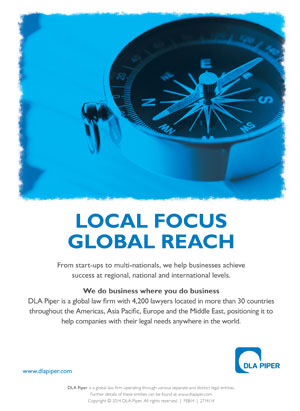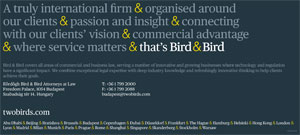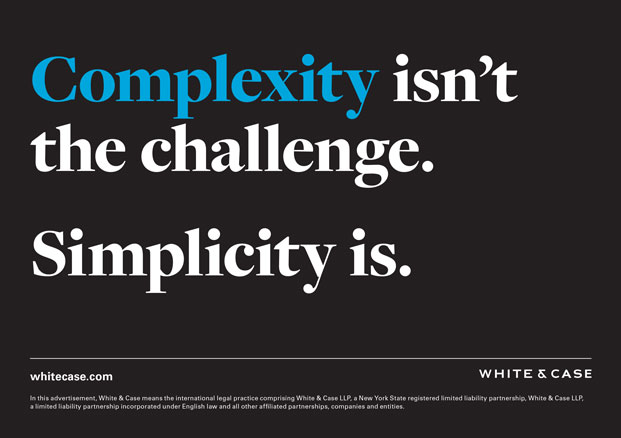In Poland, the trend to offer combined service packages is increasing
Piotr Dynowski
Partner, Bird & Bird Warsaw
Piotr Dynowski is a Polish qualified attorney with over 13 years of experience in legal practice. He is co-head of the IP/TMT practice at the Warsaw office of Bird & Bird, which he joined in 2008 at its launch. He advises clients primarily on IP and regulatory issues related to e-commerce, telecommunications, media, advertising and data protection. He was appointed a legal expert on IP and TMT matters by the Polish Chamber of Commerce and is a member of the Electronic Media Committee of the Polish Chamber of Information Technology and Telecommunications (PIIT). He is also a lecturer in e-commerce at the Hugo Grotius IP Centre in Poland.
How long have you practiced in TMT and, over that time, how has the landscape of TMT changed in Poland?
I have been practicing in TMT since 2000 and the landscape of TMT has changed tremendously over the years. I started practicing when the Polish mobile telecommunications market was still relatively young with a very strong state-owned incumbent (currently Orange Poland) and only two private MNO competitors and a very segmented market. Currently the competition is much stronger. We are seeing not only the addition of one more MNO (P4) but also and an increasing number of MVNO and MVNE players, VoIP providers, software based solutions’ providers as well cable TV operators and ISPs starting to compete with each other as the trend to offer combined service packages (TV + phone + Internet) is increasing.
Can you discuss some recent trends that you have noted in TMT in Poland? Across emerging markets in general?
The most important recent trends in TMT in Poland are: a) convergence of media and emergence of multi-media corporations combining TV broadcasting, Internet content, VOD, telecommunications services and phone services (e.g. Cyfrowy Polsat); b) increasing competition between companies that traditionally used to operate in different sectors and thus not compete with each other (i.e. telco operators and providers, ISPs, cable TV operators) resulting from convergence of media and consolidation of services; c) increasing interest in cloud computing- based services, mobile payments and smart metering as potential new forms/products for delivering new services in TMT.
What distinguishes the TMT market in Poland from other European and international markets?
I think that the Polish market is different from markets in Western Europe and similar to an extent to the markets in other post-communist countries in the CEE Region. Due to the transition from a state-controlled economy to a market economy at least with regard to telecommunications services and postal services we ended up with very strong state-owned incumbents (in case of postal service operator — with a monopoly position until very recently) whose position was additionally protected against private competitors by the protectionist approach of the government and underdeveloped infrastructure.
Even though Telekomunikacja Polska (now Orange Poland), the telco incumbent, was later privatized through state divestment, it still has a very unique and very strong position on the telco market as the universal service provider and still has a very strong influence on the TMT market.
It is even more true with Poczta Polska, the postal incumbent, which is still a state owned company, and only very recently started to compete heavily with private postal operators. From that perspective, Internet services and media industries were much more open to private investments and from the very beginning of the market economy in Poland private companies were were leading in these industries (in TV — Polsat and TVN, in cable TV and ISP — UPC and Vectra).
An interesting feature of the Polish market is also a very high level of saturation in the market for “classic” fixed and mobile telephony services (approximately 80 percent) with a still relatively low saturation in the Internet access market (approximately only 40 percent) in particular for broadband connections.
What have been the greatest challenges to attorneys practicing in TMT? What effect will those challenges have on the contours of the business as a whole?
I think the greatest challenge to attorneys practicing in TMT is the fact that the development of new technologies is usually way ahead of the legal developments and thus finding legal solutions to issues and threats resulting from technological developments requires squeezing and twisting old rules to adjust them to a new reality.
I also think that one of the biggest challenges we face now is the issue of changing the way we think of intellectual property rights. In a digital era that knows no borders it is important to come up with solutions that will enable seamless and smooth, but at the same time, easy transactions whose subject are various IPRs. Thus, it will be necessary to advance to a new level and to abandon the traditional, territorially limited, way the IPRs operate and to replace it with some kind of one-stop-shop system of global or at least regional licenses.
Also privacy and data protection issues in a changing environment where more and more data about individuals is being collected and processed for various purposes will play a more significant role and the coming reform of the EU data protection regime will be an important part of this process.
The increasing development and popularity of cloud-based models means the issues of data security and fraud prevention will play an increasingly important role. As usual, a lack of regulation of certain issues as well as overregulation of other aspects will have an effect on which business models will develop and which will be abandoned due to either lack of necessary legal certainty or due to administrative obstacles.
The Dynowski File
Country: Poland
Firm: Bird & Bird
Title: Co-Head of the IP/TMT practice at the Warsaw office of Bird & Bird, which he joined in 2008
Years of experience: 13
Focus: IP and regulatory issues related to e-commerce, telecommunications, media, advertising and
data protection
Affiliations: Member of the Electronic Media Committee







